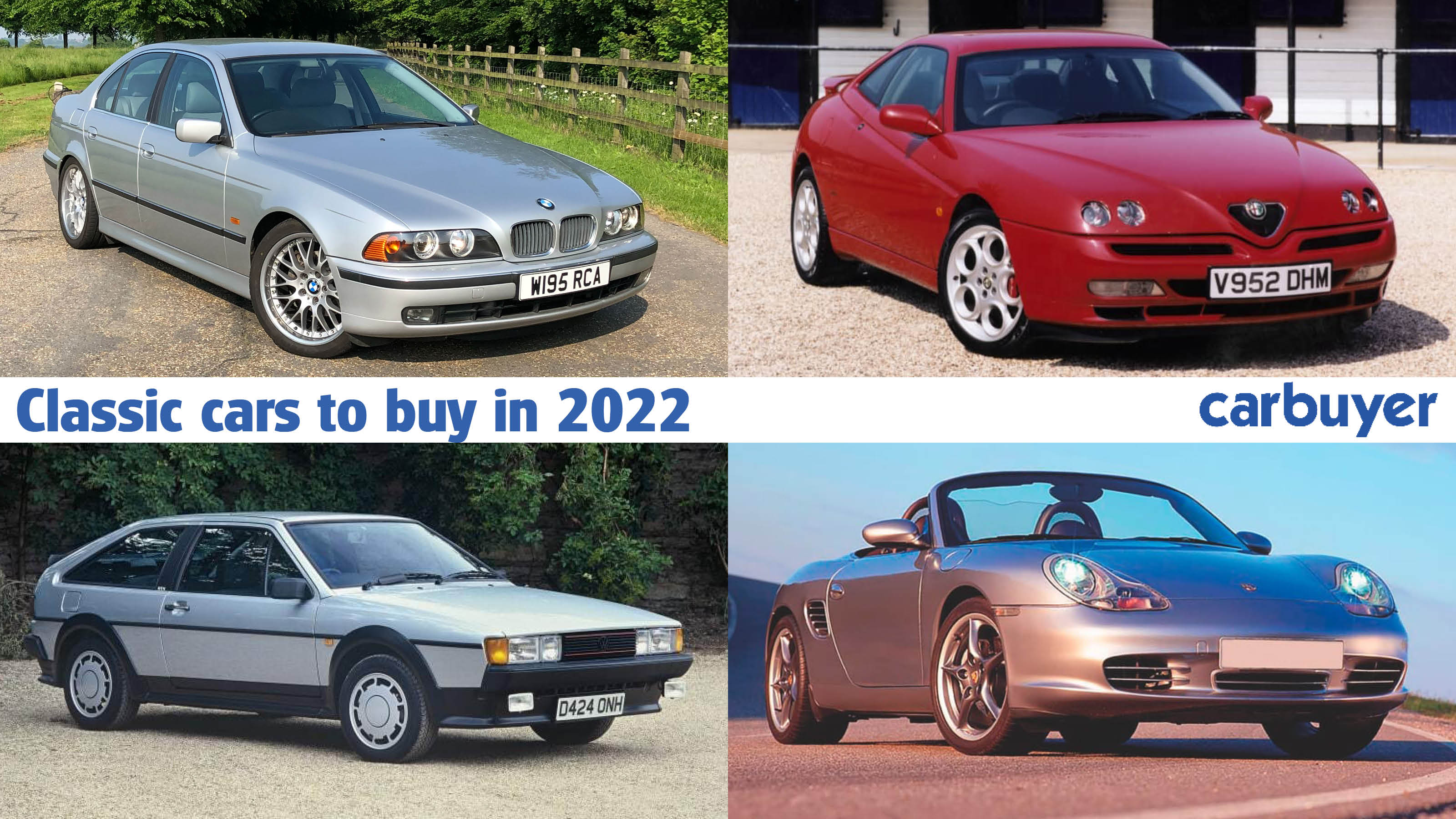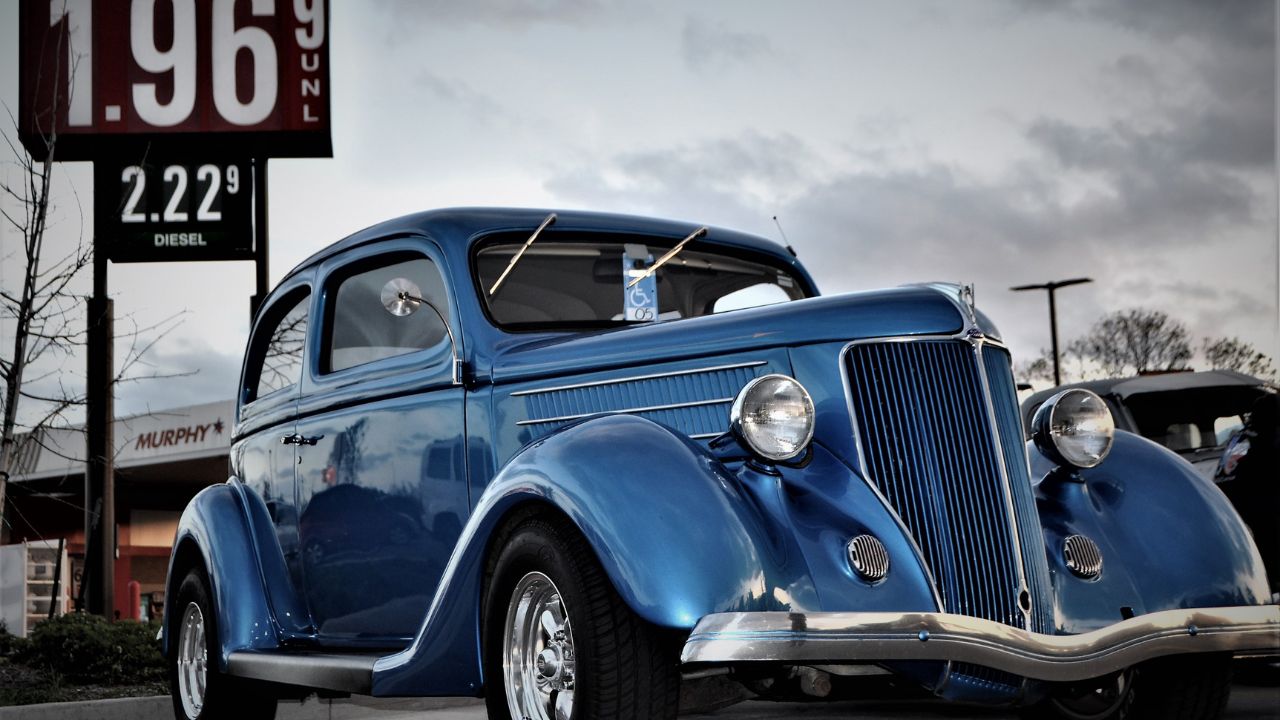
There are several Mini Cooper generations. There are three types of Mini Coopers: John Cooper Works, Cooper S, Convertible, Paceman, and Cooper S, Convertible. Here's a list of all. Continue reading to learn more about each generation of Mini Coopers. It is vital to learn about the history of these cars, so you can select the Mini Cooper that meets your needs. We will also discuss the specifications and features of each model. Here are some of the most notable changes in each generation.
John Cooper Works
In the MINI Cooper line-up, the 'S' models are divided into three generations: the base model, the John-Cooper-Works model, and the R53 'S' model. The S models are equipped with a supercharged, turbocharged engines. The Cooper S is sporty with dual exhaust tips. The base model has one.

Cooper S
The Cooper S, the second generation of the mini-cabriolet, gained an extra five horsepower thanks to a supercharger tucked away in the engine bay. To make the engine even more enjoyable to drive, it was paired with a six speed manual transmission and paddle shifters. The Cooper S was a fast car and featured an improved electric power steering. The Cooper's performance improved over its predecessor. An interior refresh in 2005 brought about major exterior and interior changes. The Cooper S was able to reach 140 mph.
Convertible
There are three generations of MINI Cooper convertibles. The first generation was the Cooper. While the second generation introduced Mini Cooper S, the Cooper S model came with a manual transmission. The Cooper S had a turbocharger, while both the Cooper S and Cooper S models had a manual transmission. The Cooper S's engine was rated at 172 horsepower. It came with a six speed manual or paddle shifter. It handled well. The second generation, which was launched in 2007, featured major interior and exterior upgrades that included more luxurious interior trims, a roll bar, and other improvements.
Paceman
Although the mini Cooper Paceman is not the most practical or athletic Mini, it is a sturdy crossover thanks to its sport-tuned suspension that makes it more responsive on smaller surfaces. It is distinguished from other two-door models by its all-wheel drive system, which enhances the car's versatility. The Cooper S model is turbocharged and offers 121 horsepower. While the Mini Cooper's base model provides a turbocharged 121-horsepower engine with a lively driving experience, it has a more stylish, but less powerful, 121-horsepower turbo.

EV
Mini Cooper's next-generation EVs should be smaller and lighter. Minis built on a specific electric vehicle platform will be lighter than their ICE-powered counterparts. This will result in smaller exterior dimensions, wider tracks, and more extreme wheel positioning. This is a close look at what the next-generation Mini Cooper EEV can offer.
FAQ
What qualifications are necessary to become a mechanic
To become a technician, you will need to pass a series exams. These include:
-
A general knowledge assessment
-
A practical examination
-
An apprenticeship test
These tests are meant to help you grasp the fundamentals of mechanical engineering and physics, before you begin your journey as a mechanic.
You'll be eligible for work as a mechanic after you have passed the tests. However, you'll still need to complete an apprenticeship. This will include training in the trade.
To learn all you can about vehicle repair, you will need to take classes and workshops. Experienced mechanics will also be required.
You'll need a high level of concentration and attention to detail if you want to succeed as a mechanic. You will need to pay careful attention to every aspect when repairing vehicles.
To be a successful mechanic, patience and perseverance are essential. This may not be the career path that you want if you aren't able to follow directions.
You could make a great career out of your love for cars and the work that goes into fixing them.
How do I prepare to be a mechanic apprentice?
It is vital to be able to comprehend what you are doing. You need to understand the mechanics of cars and how they work. This will make it easy to find the right place to start your first day in the garage.
Also, you need to know how fix simple problems, such as tires and lights that aren't working.
You will be able to diagnose and repair problems yourself.
For the purpose of putting them back together again, you'll need to be able to identify how each piece fits together.
Finally, you should be able use tools safely.
All these things will help you to become a competent mechanic.
What's the difference between a mechanic and an automotive technician?
The two are similar but not identical. A mechanic repairs cars and an automotive technician performs maintenance.
A mechanic needs to be able and quick to use their manual dexterity. They should also be able correctly diagnose and repair any problems.
An automotive technician must be more technically proficient than a mechanic. They must be capable of reading blueprints and using tools such as drills, wrenches, etc.
They must be able and competent to safely perform complicated procedures. They must also be familiar with different types of engines and electrical systems.
They should also be able understand how different parts interact.
A mechanic typically earns less than an automotive technician. But there are many opportunities for both jobs.
Is it important which college I go?
No, not really. There is no difference in the programs offered by colleges for getting into automotive work. There are some schools that offer more specific programs than others.
Can I work as an auto mechanic without a degree? Can I do part-time studies?
Although it's not mandatory, a degree can help. Employers prefer applicants who have completed a full-time degree. It shows that your efforts have been put in and you have succeeded.
But, this doesn't mean you have to stop working while studying. Many universities permit students to take courses during the summer holidays, and then finish their studies in the fall. Students can also take classes part time throughout the academic year.
Statistics
- 52% of Mechanics in the United States think their salaries are enough for the cost of living in their area. (indeed.com)
- Apprentice mechanics earn significantly less hourly than mechanics who have completed training, with a median wage of approximately $14.50 an hour, according to PayScale. (jobhero.com)
- The U.S. Bureau of Labor Statistics (BLS) reports that the job outlook for automotive service technicians and mechanics is expected to decline by 4% from 2019 to 2029. (indeed.com)
External Links
How To
How to make a business plan and start a repair shop
Before you can start any business, you must have a good idea of what it takes. First, you need to decide what kind of business you want to start. Perhaps you should consider starting your business in small towns with few competitors. In this way, you don't have as much to lose if the first few months go poorly. It is a good idea to pick a place near a large population if you are going to open an auto repair shop. You'll have customers who can come see you when they need help and will also be able sell them new parts at affordable prices.
If you are just starting out, it might be worth considering opening a franchise. Franchises generally require less capital investments than traditional businesses. You still need to pay monthly royalties and fees to franchisors. You should also be careful when selecting a franchise. Some franchises can be scammed. They may promise big returns, but never deliver.
You can start your own auto repair shop if the retail industry is something you're familiar with. Many entrepreneurs who have started their own businesses claim it was one of their best decisions. But you must create a business strategy before you even start. You should write down all the goals you want for your business. One example of this might be to increase sales, improve customer service, or lower costs. You can then look for ways you can achieve these goals once you have them written down.
The next step in your journey to opening an auto repair shop is financing it. In order to finance their businesses, the majority of people borrow money from credit unions and banks. Collateral is usually required by banks. You must offer collateral. A few people will even borrow against their houses. To be approved for a loan, it is necessary to prove that you have enough cash flow in order to repay the loan.
Once your business has been funded, you will need a license. There are several types of licenses that you can obtain depending on what kind of business you want to operate. For example, auto mechanics are required to have a state license, while body shops are only required to have a federal license.
A marketing strategy is the last thing you need. Before you advertise, you need to decide what your company stands for. What makes your company different from other companies in this regard? How can you improve upon what others have done? These questions are part of creating a strong brand image. This information will allow you to create more effective advertisements.